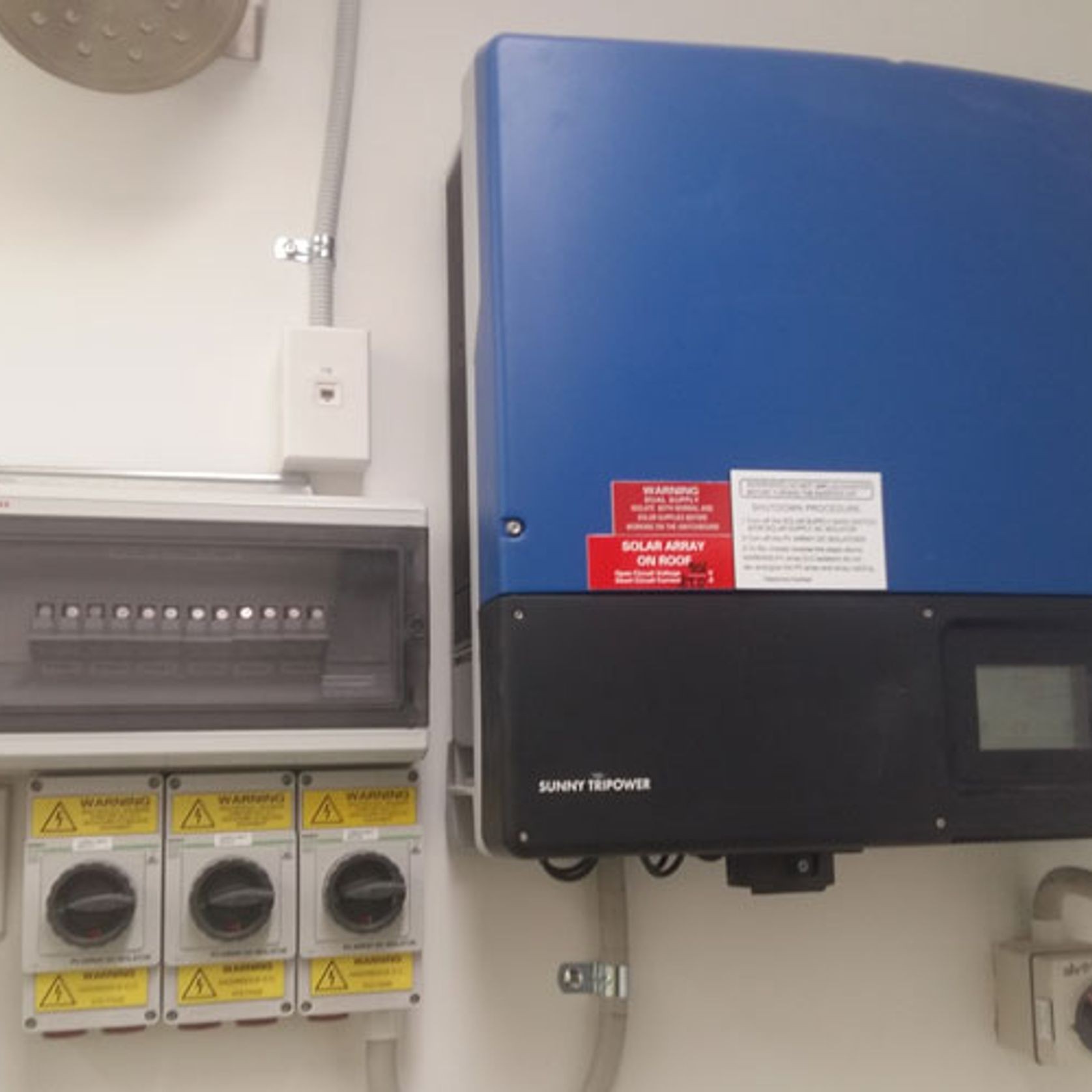Inverters | Solar power
Metalcraft Roofing- CategorySolar Heating
- RangePV Solar Solutions
About the
Seller
Metalcraft Roofing is New Zealand’s largest and most established privately owned building product rollformer and installer with an extensive range of Longrun Roofing profiles, Lightweight Metal Tiles and Rainwater System solutions. By installing its own product Metalcraft Roofing offers a unique solution to domestic and commercial clients for any roof or wall cladding project.
Metalcraft Roofing’s wide selection of roofing and rainwater systems are manufactured from New Zealand Steel Galvsteel, Zincalume, Colorsteel Endura and Colorsteel Maxx.
With 12 branches nationwide providing unparalleled coverage, backed by solid manufacturing and installation warranties, Metalcraft Roofing offers a level of satisfaction and peace of mind unavailable from other manufacturers or installers.
Metalcraft Roofing manufactures and installs Longrun Roofing, Metal Tiles and Rainwater Systems for the New Zealand residential and commercial construction markets. Metalcraft Roofing is a part of United Industries (www.unitedindustries.co.nz). United Industries is made up of nine companies serving various requirements to the New Zealand construction industry.
Metalcraft Roofing has been operating since the 1950’s and originated in Palmerston North. Expansion of Metalcraft Roofing’s operations since those days has been significant and there are now twelve branches nationwide servicing enquiries from Cape Reinga to the Bluff.
- ArchiPro Member since2018
- LocationView all locations (+14)
- More information



